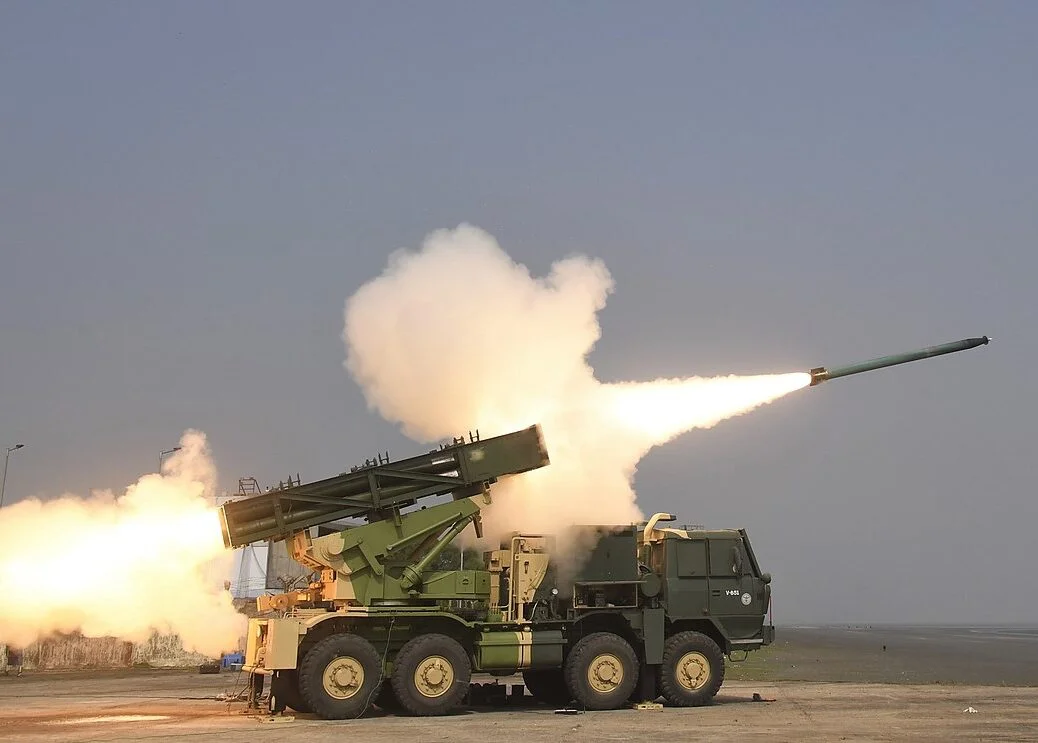According to reports, the People’s Liberation Army of China recently conducted a rocket test along the Line of Actual Control (LAC), not far from the Indian border.
According to local media cited by news agency ANI, the PLA tested an advanced Multiple Launch Rocket System (MLRS) that could reach important Indian military bases at an altitude of more than 5,300 metres in the Xinjiang region.
According to additional media reports, China is planning to deploy the PHL-16 MLRS along the Sino-Indian border.
“In the Xinjiang region, close to the Indian border, the Chinese Army performed a live-fire training assessment for a new type of rocket mine-laying vehicle. The Himalayas are slated to host the deployment of the multiple launch rocket system “after the report.
The news follows Sunday’s 16th attempt at failed military negotiations between New Delhi and Beijing near the border of Chushul and Moldo.
The standoff between India and China at a number of flashpoints in eastern Ladakh continued on Sunday. As a consequence of high-level military talks, Indian and Chinese soldiers executed the disengagement procedure in a number of regions in the region.
Arindam Bagchi, a spokesman for the ministry of external affairs, stated yesterday that India has been examining the status of bilateral relations with regard to this “graded” process to restore peace and tranquilly on the border.
When questioned about China’s assertion of a supposed momentum of recovery in the relations and efforts to project that things between the two sides had improved following a meeting between the two nations’ foreign ministers in March, he made his views during a media conference.
“Of course, our argument has been that if the problems can be settled, particularly the disengagement issue, it will assist to defuse the situation and bring peace and tranquilly back to the Western region of the LAC. That would be the appropriate action to encourage development in bilateral relations, “added said.
But on Wednesday of this week, a video that showed the Chinese army conducting a military drill over Pangong Lake while using attack helicopters went viral.
The Chinese state media network aired the 33-second video. The video depicts an exercise being conducted above Pangong Lake, the highest saltwater lake in the world, by the army aviation brigade belonging to the PLA Xinjiang Military Command at a height of roughly 4,350 metres.
According to China’s state media, Z-10 attack helicopters participated in the manoeuvres for the first time; in the past, border security forces were only transported in transport helicopters for patrol missions.
Since the Chinese military attempted to aggressively alter the status quo on the LAC in eastern Ladakh in May 2020, both sides have been stationed next to one another near Patrolling Point 15, which has become a source of contention.
India has been considering completely withdrawing its forces from the areas of conflict and bringing the entire sector back to the state it was in before to May 2020.
The impasse at Patrol Point 17A in Gogra was only partially resolved after the last troop disengagement on the LAC took place a year ago.
In February 2021, Delhi and Beijing agreed to withdraw soldiers from the 135-km Pangong Lake and establish buffer zones while they worked to address any unresolved border concerns.
To prevent a change in the status quo, more than 50,000 soldiers equipped with cutting-edge weapons have been stationed at forwarding stations along the LAC since 2020.
The 1 Strike Corps, stationed in Mathura, has now been assigned by the Indian Army to the northern borders in order to monitor the PLA beyond the Line of Actual Control (LAC).
